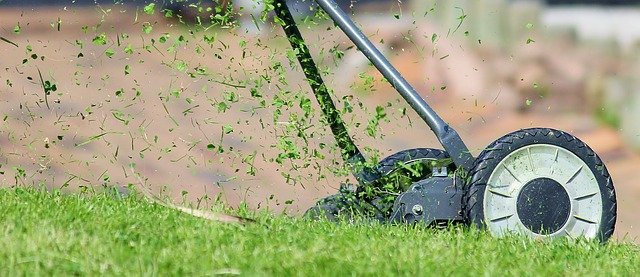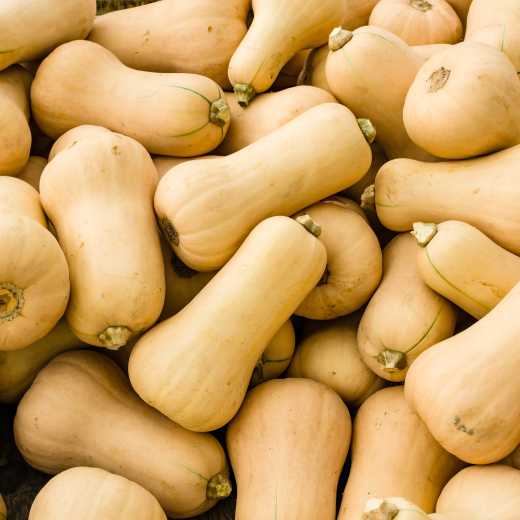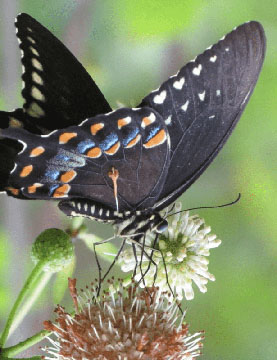Lawn Care Tips for the Month of March

To scalp or not to scalp, that is the question. The bermudagrass is “waking up,” spring is in the air, so should you scalp your lawn to get it ready for the growing season? No, not if you want a thick, healthy, relatively weed-free lawn. The rule for mowing turfgrass is the same as the rule for pruning all other plants in your landscape – never remove more than 1/3 of a plant at once. Scalping can often remove 50 percent or more, and research has shown that removing more than 40 percent of turfgrass leaf tissue in one mowing can stop root growth for up to two weeks. Spring is a very important time for turfgrass root growth. The more roots your lawn develops in the spring, the better it will withstand drought and other stress conditions throughout the summer.
The best way to have a lawn without many weeds – you will never have one with no weeds -- is to use good cultural practices. A thick, healthy lawn will crowd out most weeds. Never cut more than 1/3 at a time. That means mowing once a week, and maybe twice a week occasionally to keep from letting the grass get too tall between mowings. Raise the blades on your mower and mow the grass high. Mow bermudagrass at 2 inches to 2 ½ inches tall. The roots underground need lots of leaf above ground to make food. Keep your mower blades sharp. You want to cut the grass, not tear it. You can minimize the number of chemicals you add to your lawn by only fertilizing once in spring and still have a thick, luscious lawn.
Good soil is the key to growing a good lawn. Topdressing the lawn with compost to improve the soil and using organic fertilizers in the spring will improve the lawn and the soil without adding chemicals that harm living organisms and damage soil structure. Do not compact the soil by driving on it or putting heavy objects on it. The grassroots need loose, healthy soil in which to grow.
Do not bag grass clippings. Leave the clippings on the lawn when you mow. They will break down and feed the soil and grass. Make sure to mow often enough so you aren’t smothering your lawn with clippings. If your lawn looks like a hay meadow, and you have to rake the clippings, you are waiting way too long between mowing.
Water deep, not often. This is so important! Grass needs about an inch of water per week. You want the water to penetrate deeply into the soil so the roots can penetrate deeply into the soil. If you sprinkle the top of the ground every day, that’s where the roots are going to be. This goes for all your other plants, too. At the first sign of drought and hot temperatures, the roots will cook in the summer heat and wind. Another important point to remember is to water early in the day, so the grass will be dry going into the evening hours. Never water after 10:00 am. Overwatering, overfertilizing, and overnight wetness provide the perfect breeding ground for insect and disease infestations that will kill the lawn you have worked so hard to maintain.
If you didn’t put pre-emergent for winter weeds down and you have henbit and dandelions galore but don’t want to put pesticides on your lawn, just keep them mowed so they don’t go to seed, and they will die when it gets hot. Early pollinators enjoy them.
It is time to use pre-emergent weed control right now. It needs to be in place before April 1st in Zone 7. A second application can be made by May 15th to control late germinating weeds. The pre-emergent puts down a barrier that keeps weeds from germinating and works on grassy weeds such as crabgrass, sandburs, foxtails, and goosegrass. Do not use a pre-emergent if you are planning to put out grass seed because it will keep those seeds from germinating too.
Weed and Feed is not so “Green.” It sounds like an easy solution to fertilize and get rid of weeds at the same time, but the weed killer, usually 2-4 D, is a pesticide that is toxic to soil life, birds, and insects, including butterflies. My thinking is that if it kills birds and can cause cancer in dogs, it surely can’t be safe for you, your children, or your grandchildren. If you put weed & feed down early enough to kill weeds when they are young and tender, the grass isn’t even green and growing yet, so the fertilizer doesn’t work anyway and is a waste of time and money.
My lawn-care philosophy: A thick, healthy lawn will help crowd out many weeds naturally. There is no such thing as a weed-free lawn; however, to get the best lawn possible, mow the grass high - don’t scalp it and expose more weed seeds that may deprive the grass roots of needed nutrients provided by the grass blades. Water deeply but only when needed. If the bermudagrass lawn turns brown, it is only dormant and will green up with the next rain. Fertilize in the spring when the grass has started growing with a slow-release fertilizer. Relax and enjoy your yard, and don’t stress over a few weeds. Happy gardening!

National Garden Clubs, Inc. is a 501(c)(3) organization that aims to promote the love of gardening, floral design, and civic and environmental responsibility. There is a local club near you, click here to find one and join. Subscribe to the NGC’s blog by entering your e-mail here. You do not have to be an NGC member to subscribe. NGC welcomes blog article submissions, e-mail the Blog Administrator at blog@gardenclub.org.

 Member Login
Member Login






